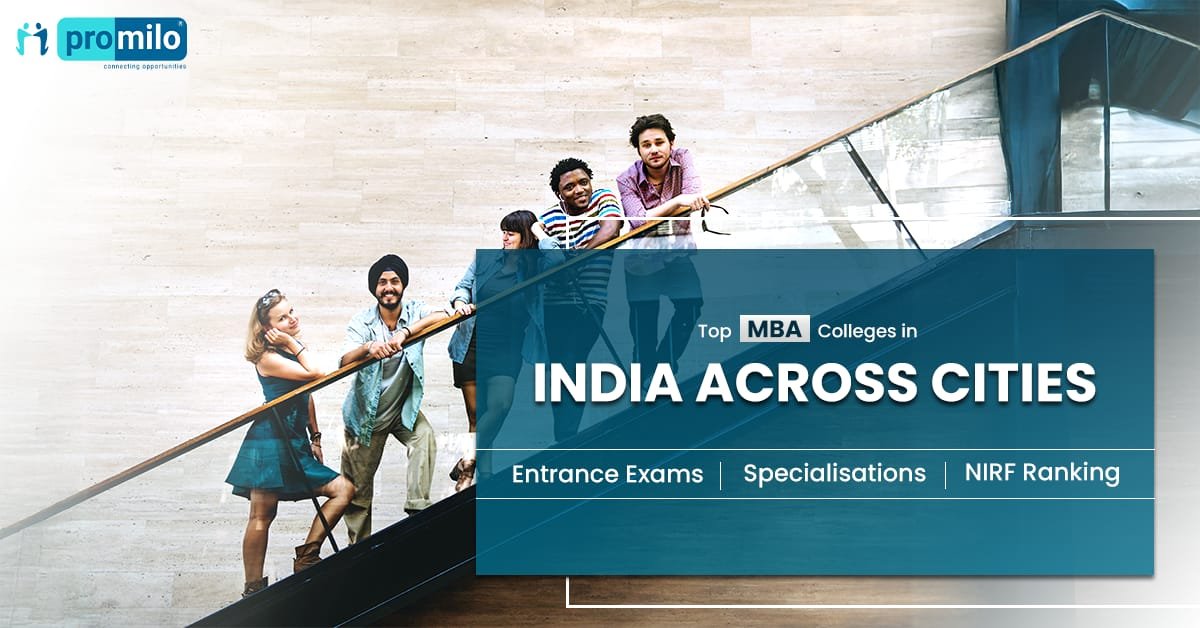Choosing a career in interior design is an exciting decision, but it also comes with financial planning. For students and parents, one of the first concerns is understanding interior designing course fees in India. With programs ranging from short-term diplomas to undergraduate and postgraduate degrees, costs can vary from a few thousand rupees for online certificates to several lakhs for reputed institutes.
A well-structured course is more than just an academic investment. It provides professional training, exposure to industry tools, and career opportunities that justify the fee. In this blog, we’ll explore fee structures, factors influencing costs, and what students gain in return, helping you make a wise investment in your design education.
Overview of Interior Design Education in India
Interior design education has evolved from being a niche option to a mainstream professional field. Growing demand for skilled designers in residential, commercial, and sustainable spaces has led to a variety of course offerings. Students now have multiple pathways to enter the field, depending on their budget, timeline, and career aspirations.
Types of Interior Designing Courses Available
- Diploma Programs: Short-term, skill-focused, ideal after 10th or 12th.
- Undergraduate Degrees (B.Des, B.Sc Interior Design): 3–4 year programs providing comprehensive training.
- Postgraduate Degrees (M.Des, M.Sc Interior Design): Specialized 2-year programs for more profound knowledge and career advancement.
- Certificate Programs: Short modules, often software-based, for upskilling or exploring the field.
Range of Duration and Study Formats
Students can choose formats based on convenience:
- Full-time: Intensive, with in-class sessions and workshops.
- Part-time: Designed for working professionals or hobby learners.
- Online: Affordable, flexible, and focused on software or concepts.
- Distance Learning: Study materials and recorded lectures with limited in-person sessions.
Average Fee Ranges by Course Type
The cost of studying interior design in India depends heavily on the program you choose.
- Diploma courses are the most affordable, starting around ₹30,000 and going up to ₹1,20,000 for reputed institutes.
- Undergraduate degrees (B.Des, B.Sc Interior Design) cost between ₹1,00,000 and ₹5,00,000 per year, depending on the college.
- Postgraduate degrees (M.Des, M.Sc Interior Design) usually range from ₹1,50,000 to ₹4,50,000 per year.
- Online short courses are the least expensive, starting from as low as ₹399 and extending up to ₹1,00,000 for advanced certifications.
This wide range provides students with flexibility to choose programs that align with both their career goals and budget.
Key Factors Influencing Interior Designing Course Fees
The wide variation in course fees comes from several key factors. Knowing these helps students understand why some programs cost significantly more than others.
- Reputation and Ranking of the Institute
Top design schools like NID or CEPT charge premium fees for their brand reputation, quality of education, and industry recognition. Employers value degrees from such institutes, which often leads to faster placements.
- Course Duration and Curriculum Depth
Comprehensive programs that include advanced modules like lighting design, furniture systems, and sustainability cost more than short diplomas. The deeper the curriculum, the higher the fee.
- Infrastructure and Facilities Provided
Institutes with specialized design studios, material labs, and access to advanced software, such as AutoCAD and Revit, usually charge higher fees. These facilities prepare students for real-world challenges.
- Faculty Expertise and Industry Connections
Experienced faculty with strong industry ties add value through mentorship, guest lectures, and internships. Institutes that employ such faculty often reflect this quality in their fees.
- Location and City Cost of Living
Fees in metropolitan cities like Mumbai, Delhi, and Bengaluru are higher, both due to tuition and living expenses. Smaller towns may offer lower tuition but might lack extensive industry exposure.
- Mode of Study
Online and distance learning courses are more affordable since they do not require campus infrastructure. However, they may not offer the same practical exposure as in-person programs.
What You Get for Your Investment in an Interior Design Course
Paying high fees can feel daunting, but a well-structured program offers long-term value. The benefits go far beyond classroom lectures, preparing students for successful design careers.
Comprehensive Skill Development
Students gain a wide set of skills:
- Sketching and freehand drawing.
- Digital rendering and 3D visualization.
- Knowledge of materials, textures, and ergonomics.
- Sustainable and energy-efficient design approaches.
Practical Exposure and Real-World Projects
Strong courses include:
- Internships with design firms or architects.
- Site visits to ongoing residential and commercial projects.
- Industry-driven assignments that build practical portfolios.
Access to Advanced Design Tools and Technologies
Students are trained on industry-standard tools, such as:
- AutoCAD for drafting.
- SketchUp for 3D models.
- 3ds Max and V-Ray for realistic rendering.
- Revit for BIM applications.
Licensing costs are often covered under course fees, making them a key part of the investment.
Industry-Experienced Faculty Guidance
Learning from professionals who are active in the field provides students with practical, real-world problem-solving skills. Faculty insights often help students build market-ready portfolios.
Career Support and Placement Assistance
Placement cells provide:
- Access to industry job fairs.
- Resume-building workshops.
- Internship-to-job conversion opportunities.
- Connections with top design firms.
Networking Opportunities and Alumni Success Stories
Networking is a significant hidden benefit. Institutes with strong alumni networks connect students with successful professionals who offer mentorship and job referrals.
Comparing Fee Structures Across Different Institutes
Fees differ significantly across government, private, and specialized institutes. Comparing helps identify which option fits best for the budget and career goals.
Government vs Private Interior Designing Colleges
- Government Colleges: Affordable, with annual fees ranging from ₹30,000 to ₹1,50,000, but admission is highly competitive.
- Private Colleges: ₹1,50,000–₹5,00,000 annually, offering modern labs, collaborations, and industry tie-ups.
Notable Fee Examples from Top Institutes
- NID Ahmedabad: ₹2,00,000–₹3,00,000 annually.
- CEPT University: Around ₹3,00,000 annually.
- Pearl Academy: ₹3,00,000–₹5,00,000 annually.
- JD Institute of Fashion Technology: ₹1,00,000–₹2,50,000 annually.
- Diplomas: ₹30,000–₹1,65,000 depending on reputation.
Scholarships and Financial Aid Options
Financial support options include:
- Merit Scholarships for top scorers.
- Need-Based Aid for economically weaker students.
- Special Scholarships for women or regional categories.
- Education Loans for UG and PG students.
Making the Right Investment Decision
Deciding on a program isn’t just about affordability—it’s about long-term returns. Students should weigh fees against skill outcomes, placement potential, and career growth.
Assessing Course Content Against Fees
Key considerations include:
- Is the curriculum aligned with industry standards?
- Does the course include software training and internships?
- Are placement and career services included in the fee?
Long-Term ROI: Salary Expectations and Career Growth
Interior design offers strong salary progression:
- Entry Level: ₹3,00,000–₹5,00,000 annually.
- Mid-Level: ₹6,00,000–₹10,00,000 annually.
- Senior Level: ₹12,00,000–₹20,00,000+.
Specialization in luxury interiors, commercial spaces, or sustainable design often leads to faster salary growth.
Alternative Learning Paths: Online Courses and Certifications
Online certifications are affordable ways to upskill or explore the field:
- AutoCAD or SketchUp basics: ₹399–₹10,000.
- Advanced 3D visualization or BIM: ₹20,000–₹50,000.
- International platforms like Coursera and Domestika: ₹15,000–₹1,00,000.
These can complement formal programs or act as standalone skill-builders.
Conclusion
Understanding interior design course fees is crucial for making informed decisions. While costs vary depending on course type, institute reputation, and city, the investment delivers real value in terms of skills, industry exposure, and career prospects.
For students after 12th and aspiring professionals alike, the right program provides more than knowledge—it gives the confidence to step into a competitive, creative industry with strong earning potential. By carefully weighing fees against outcomes, scholarships, and long-term ROI, students can ensure their investment leads to both professional success and personal satisfaction.
- How Adaptive Difficulty Is Changing the Online Slot Game Experience - December 2, 2025
- Understanding How Online Slot Games Work - November 29, 2025
- How the Qatari Government Could Support Online Casino Gaming - November 25, 2025



